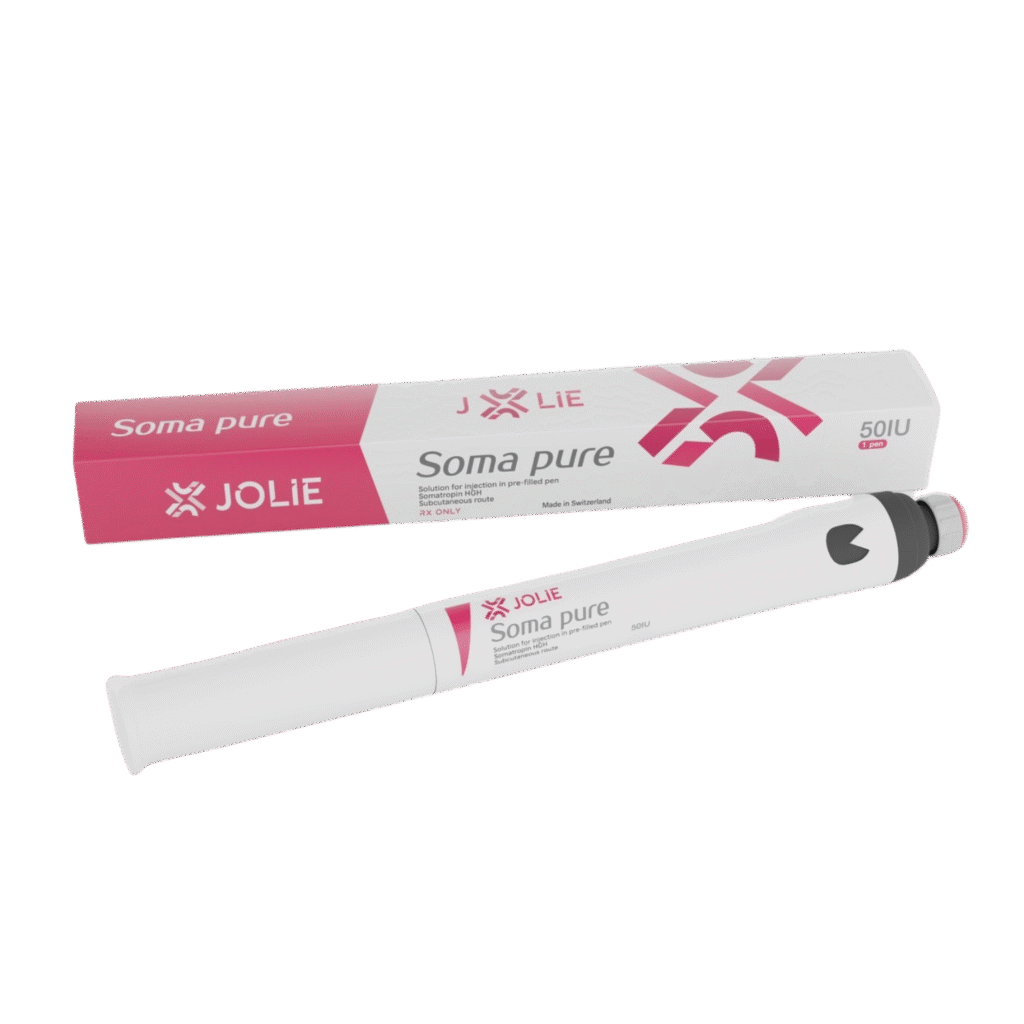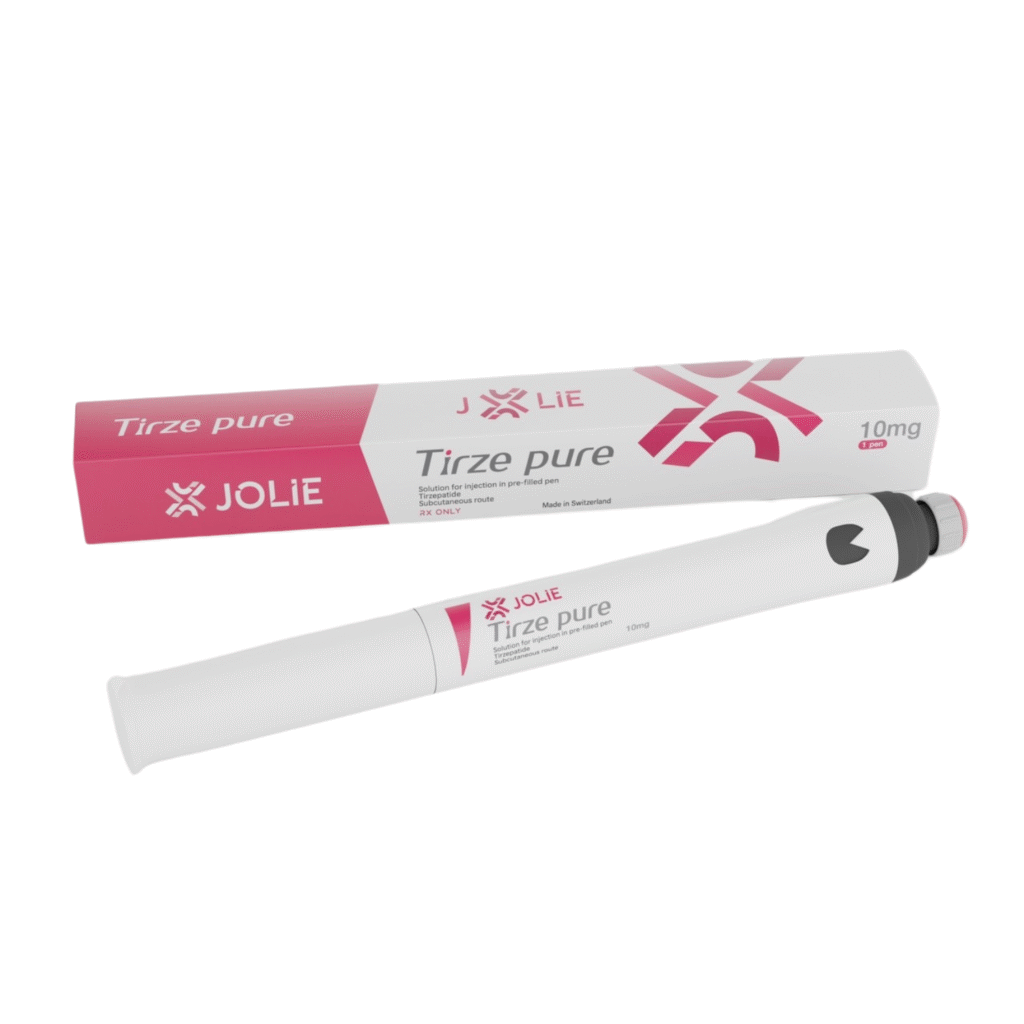Retatrutide, a novel peptide, offers benefits in weight management and metabolic health by targeting multiple hormone receptors involved in appetite, metabolism, and blood sugar regulation. It is a triple agonist, meaning it activates three receptors: GIP, GLP-1, and glucagon. This leads to increased insulin secretion, improved glucose control, and reduced appetite, promoting weight loss and better metabolic health.

Specific benefits of retatrutide include.
Significant weight loss:
Clinical trials have shown substantial reductions in body weight, with some participants experiencing up to 24.2% weight loss at 48 week.
Improved glycemic control:
Retatrutide helps regulate blood sugar levels, making it a potential treatment for individuals with prediabetes or type 2 diabetes.
Appetite suppression:
By activating GIP, GLP-1, and glucagon receptors, retatrutide can help individuals feel fuller for longer, reducing cravings and promoting healthier eating patterns.
Increased fat burning:
Retatrutide can help the body burn fat more efficiently, contributing to overall weight loss and improved body composition.
Reduced risk of obesity-related diseases:
By promoting weight loss and improving metabolic health, retatrutide may also lower the risk of developing conditions like fatty liver disease, cardiovascular problems, and certain cancers.
Potential improvements in cardiovascular health:
Retatrutide has shown promise in lowering blood pressure and improving cholesterol levels, potentially reducing the risk of heart disease.
Improved liver health:
Retatrutide can help reduce fat content in the liver, which is particularly beneficial for individuals with metabolic dysfunction-associated steatotic liver disease.
However, it’s important to note.
Some individuals may experience gastrointestinal side effects like nausea, vomiting, or constipation.
Further research is needed to fully understand the long-term effects of retatrutide and its potential in special populations.


